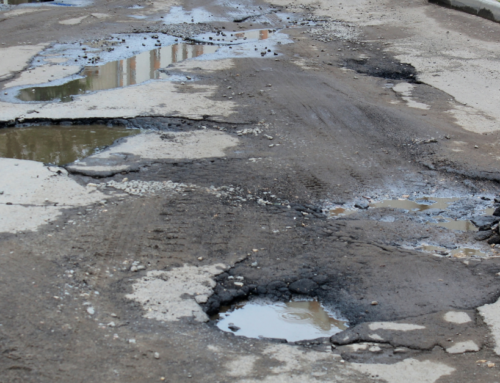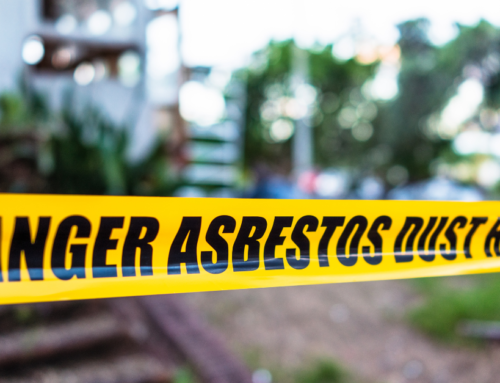Young people can be keen to learn and may bring fresh perspectives and ideas into the workplace.
However, their capabilities are generally less developed than those of experienced and mature employees and their individual characteristics must be taken into account. Young people new to the workplace environment outside the education system may be eager to impress or please others, but they can’t be expected to be aware of the hazards and potential risks to themselves or others.
There’s a wide range of legislation concerning the health, safety and welfare of young people and there’s a special focus on the provision of information, training and supervision to meet their particular needs.
A young person can’t be employed for work which is beyond their physical or psychological capacity, or work which involves:
- harmful exposure to radiation or toxic or carcinogenic agents that might cause heritable (genetic) damage or chronic health problems;
- a risk of accidents they may not be able to appropriately recognise or avoid, due to their lack of experience, knowledge or training; or
- a risk to their health from extreme cold or heat, noise or vibration.
There can be exceptions to these prohibitions where it’s necessary they carry out the work for their training, provided the young person is supervised by a competent person, and any risk is reduced to the lowest level reasonably practicable.
This risk topic looks at the more common hazards that should be considered to safeguard the health and safety of anyone under the age of 18, and above the minimum school leaving age (MSLA; fixed at the last Friday in June of the school year (1 September to 31 August) in which the child reaches the age of 16). Our risk topic page on employing children provides guidance about the health and safety at work of a child below the MSLA and students involved in work experience.
Working time limits for young workers:
The regulations regarding working time are complex, but, to summarise them briefly, the main limitations and requirements for young workers are:
- A maximum working time of eight hours a day and 40 hours per week, and an uninterrupted 30 minute in-work rest break when working longer than four and a half hours. College time doesn’t count as work, unless it’s part of job-related training.
- The limits in (a) don’t apply where the work by the young person is necessary to maintain continuity of service or production, or to respond to a surge in demand for service or product, provided that there is no adult available to perform the duties and the young person’s education and training needs are not adversely affected.
- 2 consecutive hours’ rest in any 24-hour period.
- A two day rest period in each seven day period.
- In general, young persons are not allowed to work at night or within the ‘restricted period’, i.e. between 10pm and 6am (or between 11pm and 7am if contracted to work after 10pm).
- The prohibition in (e) doesn’t apply in the circumstances outlined in (b) to a young worker in a hospital or similar establishment, or in connection with cultural, artistic, sporting or advertising activities.
- The prohibition in (e) doesn’t apply in the circumstances outlined in (b), except where it prohibits work between midnight and 4am in agriculture, retail trading, postal or newspaper deliveries, a catering business, a hotel, public house, restaurant, bar or similar establishment, or a bakery.
- Where the exceptions in (f) or (g) apply, the young worker must be supervised by an adult worker where necessary for the young worker’s protection, and allowed an equivalent period of compensatory rest.
- A free assessment of health and capabilities must be provided prior to assignment to night work and at regular intervals thereafter.
- Detailed records must be retained for two years.
Key actions to safeguard young workers
- Identify the prohibitions, restrictions and specific duties defined in health and safety law and the rules set out in the Working Time Regulations.
- Assess the health and safety risks and suitability of the proposed work before recruiting a young person.
- Check what specific prohibitions and/or requirements, restrictions or recommendations apply to certain types of work or use of equipment. A young person may operate high-risk machinery (except lift trucks on dock premises) during training, but only if they’re sufficiently mature and appropriately supervised, until they can demonstrate the appropriate level of competence to work safely unsupervised. Examples of work and equipment that is usually prohibited for young people include:
- High-risk woodworking machinery which is hand-fed – in particular, a sawing machine fitted with a circular blade or band saw, a planing machine when used for surfacing or a vertical spindle moulding machine.
- Power presses.
- Lead smelting and refining processes and lead-acid battery manufacture.
- High-risk lifting machinery, e.g. cranes, construction site hoists and fork-lift trucks.
- Agricultural and horticultural vehicles and machinery.
- Work on docks, in compressed air, underwater, involving the carriage of dangerous explosives and goods or shipbuilding and ship repair.
- Check that the standard induction training is appropriate and suited to the needs of the young person and ensure that the induction includes employees’ responsibilities.
- Implement suitable training programmes for young workers.
- Inform young workers of the risk to their health and safety (as you should for all employees) and provide, free of charge, any personal protective and safety equipment.
- Provide information, instruction and training prior to commencement of the work and provide time for the young person to ask any questions.
- Complete a specific risk assessment, taking into consideration the young person’s proposed work, lack of experience, maturity and hazard awareness before they start work. Take account of their individual characteristics, for example:
- background influences, such as family, cultural or religious beliefs, or social pressures;
- unfamiliarity with the workplace and the nature and organisation of processes and activities;
- their stature and physical needs and how these correspond with the ergonomic design of the workplace and workstations or affect their ability to endure or recover from exposure to physical, biological and chemical hazards;
- a limited appreciation of the workplace hazards;
- a need for tailored formats or more time to take on board the information, instruction and training given to them (due to the unfamiliarity);
- the temptation to take shortcuts, misbehave (often as a result of peer pressure) or copy the unsafe practices of others;
- a lack of experience dealing with violent or aggressive behaviour or unauthorised initiations they may be faced with; and/or
- a lack of confidence or reluctance to ask questions or report issues.
- Maintain appropriate levels of supervision during and after the training of the young worker(s).
- Monitor compliance by conducting regular reviews with the young worker(s) and their appointed trainer(s)/buddy.
- Review the risk assessment if circumstances change and at regular intervals.
To find out more about how you can provide a safe working environment for your employees please visit the HSE website.
This article is adapted from an original post by Allianz which can be found here.






Leave A Comment
You must be logged in to post a comment.